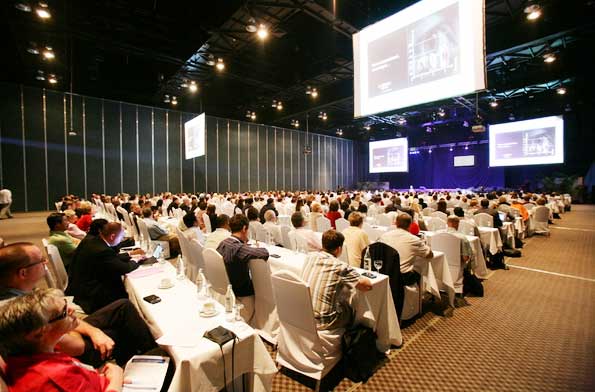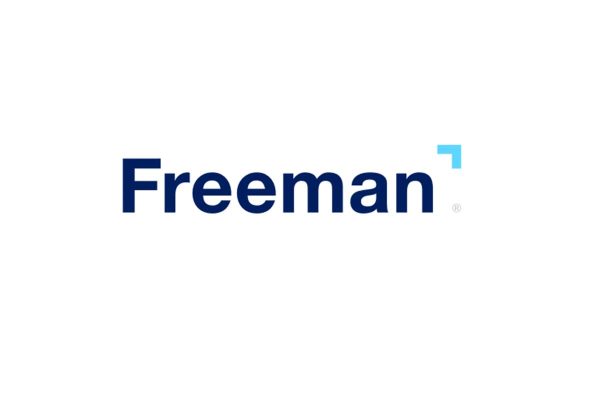ACTIVE Network, a company that helps organizations get participants and manage its activities for meetings and events, recently conducted a study that revealed the U.S. meetings industry has recovered from the corporate travel cutbacks of the 2008 recession. The study also suggested the meeting landscape will never be the same.
ACTIVE Network’s Business Solutions Group studied meeting planning patterns in five key destinations over the past four years in its latest study, Event Trends: 2008-2012. The research, which was conducted in Chicago, Las Vegas, Los Angeles, New York and Orlando, reveals that organizations have reinvented their event sourcing practices to fit today’s corporate cost-control goals. It shows that requests for meeting proposals are now exceeding pre-recession levels, but meetings are smaller, shorter and being conducted with less lead time.

“Companies still value meeting face-to-face, but this study documents how the meetings and events landscape has changed over the past four years,” said J.R. Sherman, senior vice president of business solutions at ACTIVE Network. “Organizations are adopting strategies such as trimming event size, switching to local destinations and holding shorter meetings in order to reduce and control meeting costs.”
After looking at event trends for the last four years, the ACTIVE Network Business Solutions Group predicted several trends that are transforming events in 2013 and will increase the return-on-investment of events for companies on both sides of the registration desk.
Increasingly smart events
In 2011, the Convention Industry Council released a study titled The Economic Significance of Meetings to the U.S. Economy. It found that 205 million people attended 1.8 million meetings in 2011 at a total cost of $263 billion in direct spending. However, according to a report on strategic meetings management by the Aberdeen Group in 2012, it is estimated that only 25 percent of organizations maintain real-time visibility into what they spend against corporate budgets. Event and engagement management technology is helping to change that by providing real-time data on event spend and increased exposure with attendees and exhibitors.
“In 2013, we expect to see more organizations choosing event technology that helps them increase efficiency, extend engagement and grow their business across various types of events in their portfolio,” said Sherman. “We anticipate there will be an increased demand for technology solutions that ensure ‘smart events’ from the top down and the bottom up.”
Consolidated solutions
Many organizations have historically relied on multiple point solutions to manage the various aspects of its events, but that is expected to change.
“Over the next year, we expect companies will invest more money in consolidated event technology solutions that offer a one-stop-shop for organizers,” Sherman said. “Ideal solutions will have the ability to provide organizations with a single view into its strategic meeting management, attendee and engagement management and vendor sourcing, freeing up event planners to spend less time on manually pulling information from disparate systems and more time creating exceptional events.”
Extended audience engagement
With smartphones becoming an irreplaceable tool for business, organizations are expected to fully leverage attendee use of these devices before, during and after events.
Many attendees will demand a mobile component for events in 2013, including easy-to-use applications to connect with fellow attendees, speakers and exhibitors; social media integration that allows them to share their experiences; and the convenience of accessing pertinent event information. In turn, next-generation mobile applications can help enable organizers to maximize lead generation through apps customizable for each attendee. These mobile apps will offer organizers the ability to obtain real-time feedback on their events and allow them to adjust the attendee experience on the fly.
The ability to measure value
The value of face-to-face interaction is well understood, but with the growing need to justify meetings spend, companies often require hard data to back up its financial decision-making.
“Technology makes it possible to gather in-depth information on attendees’ interests and attitudes. With that data in hand, organizers can gauge whether their event strategy is working and alter it if necessary to help maximize their return on investment,” said Sherman. “Organizations will have the ability to take advantage of these capabilities to measure their results and fine-tune their meeting plans to get the most out of every interaction with attendees.”
By many standards, the events industry is back. But with the corporate cutbacks of the 2008 recession, as well as pressure for more responsible spending, organizations are expecting more from events than ever before. Technology is providing event industry planners with the tools to accomplish this and continue to grow, they just have to use it.





























